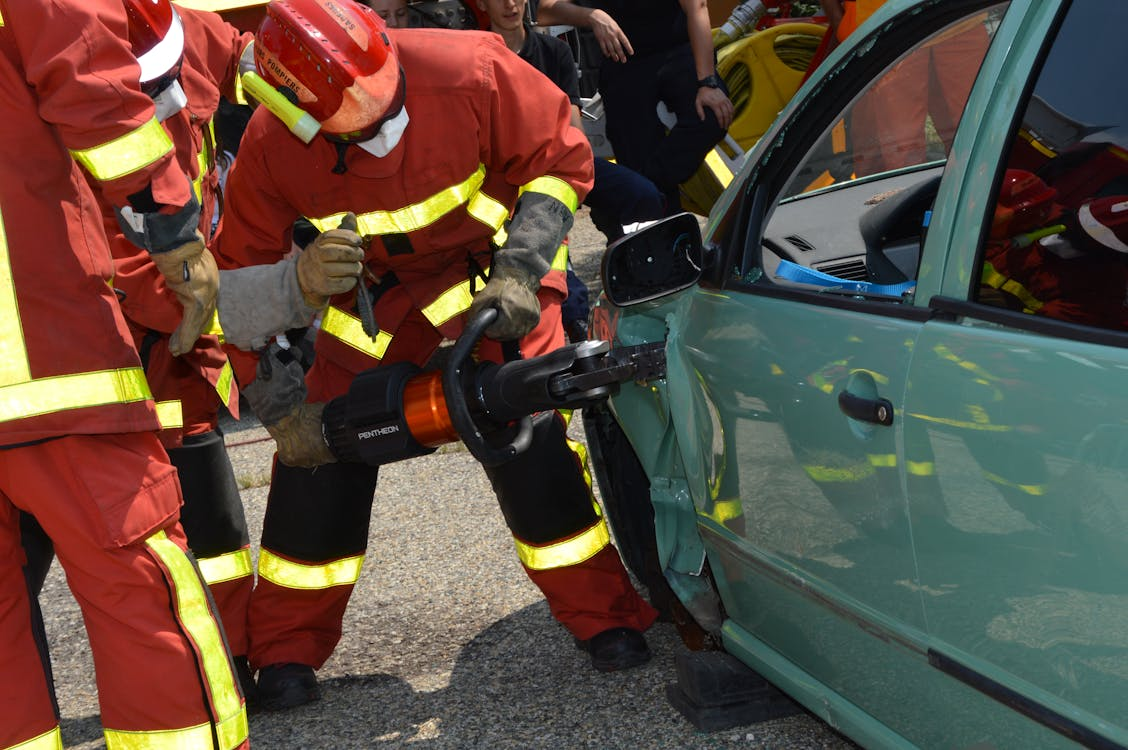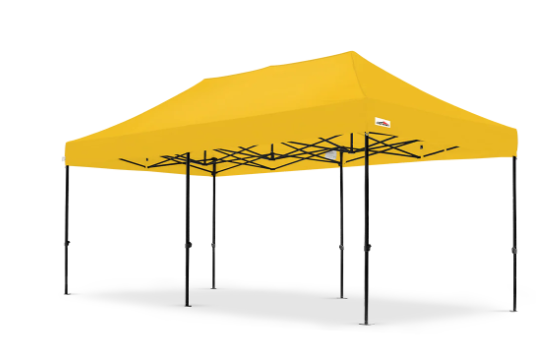
Image: pexels
Liability in vehicle accidents can feel like a legal maze. From rear-end collisions to complex multi-vehicle crashes, determining who’s at fault requires understanding specific circumstances.
It’s not always straightforward. Sometimes, both drivers share responsibility. Other times, it could involve third parties like manufacturers or municipalities.
This article breaks down key liability factors across various scenarios. We’ll look at how courts determine accountability and what this means for compensation claims.
Stick around—you might uncover answers you didn’t expect!
Why Legal Guidance is Crucial in Determining Accident Liability
Fault isn’t always black and white in vehicle accidents. In fact, liability often hinges on nuanced factors—speed limits, right-of-way rules, even weather conditions. Courts examine police reports, witness accounts, and any available video footage to paint a clear picture of events.
However, complications arise when multiple parties share responsibility or external factors like defective car parts play a role. For example, after a truck collision involving brake failure due to manufacturer flaws, victims need experts who can dissect these complexities.
That’s where professionals like truck accident lawyers provide expert legal advice. They uncover critical details that protect your rights while navigating compensation claims.
How Shared Liability Works in Multi-Vehicle Collisions
As hinted above, liability isn’t always a one-person issue. In multi-vehicle crashes, responsibility can split between several drivers based on how the chain of events unfolded. A car stopping abruptly might trigger a pile-up, where some drivers failed to maintain safe following distances.
Shared liability is often divided proportionally. For instance, if Driver A is 70% at fault and Driver B is 30%, compensation adjusts accordingly under comparative negligence rules common in many states.
When Road Conditions Contribute to Vehicle Accidents
What if poor maintenance or unsafe designs were partly to blame for the accident? Potholes, missing signage, or improper road grading can significantly impact liability.
Responsibility might fall on municipalities or contractors responsible for upkeep in cases like these. Victims may pursue claims against these entities, but proving negligence requires strong evidence—think reports of previous complaints or documentation of delayed repairs.
Liability becomes layered when external conditions compound driver actions in causing crashes.
The Role of Vehicle Defects in Determining Liability
Though rare, poor manufacturing or faulty parts are also often to blame for some kinds of accidents. Issues like brake failures, tire blowouts, or airbag malfunctions can shift liability away from drivers entirely.
Manufacturers may be held accountable if a defect directly caused the crash. Here, investigations focus on product recalls and design flaws. This kind of liability requires technical assessments and thorough documentation to establish how mechanical issues contributed to the incident.
Third-Party Accountability Beyond Drivers Involved
Liability often extends beyond the individuals operating vehicles. Imagine scenarios where a company vehicle is involved or goods shift in transit, causing instability. Third-party accountability becomes pivotal here.
Examples include:
- Employers whose drivers operate negligently on work duty
- Freight companies improperly securing cargo during shipment
- Rental agencies neglecting to inspect faulty vehicles before leasing
In such cases, these entities may bear responsibility. Their roles—whether employer, owner, or contractor—introduce unique legal complexities requiring detailed investigation and specialized claims processes.
Why Insurance Companies Play a Key Role in Liability Cases
Well, pretty obviously, auto insurers are key stakeholders in accident cases. It’s them who pay compensation (on behalf of the at-fault party) at the end of the day!
Their investigators work quickly to determine fault, often using their own claims adjusters to negotiate payouts. This process involves scrutinizing police reports, accident photos, and medical records.
However, disputes arise when insurers undervalue damages or contest liability entirely. Strong representation ensures fair settlements despite these common insurance hurdles.
Understanding Comparative Negligence Laws by State
Fault distribution doesn’t work the same everywhere. Comparative negligence laws, which vary by state, dictate how liability and compensation interact when multiple parties share blame.
Some states follow pure comparative rules—allowing recovery even with 99% fault—while others limit claims once you’re over 50%. Knowing your jurisdiction’s approach matters because it directly impacts what injured parties can recover after accidents involving shared responsibility.
Understanding these legal distinctions is essential for pursuing fair outcomes.
Steps to Take Immediately After an Accident for Clearer Liability Claims
Once you’ve been in a crash, clarity on liability starts with swift action. Documenting the scene and gathering evidence lays the foundation for any claim.
Key steps include:
- Taking photos of vehicle damage, road conditions, and injuries
- Exchanging insurance details with other drivers
- Obtaining witness contact information
- Filing a police report promptly
These actions ensure stronger claims by preserving critical details that shape legal outcomes later.
Responsibility might fall on municipalities or contractors responsible for upkeep in cases like these. Victims may pursue claims against these entities, but proving negligence requires strong evidence—think reports of previous complaints or documentation of delayed repairs. In rideshare-related incidents, a knowledgeable las vegas uber accident lawyer can help navigate the complexities of liability and compensation.
Understanding liability is essential for protecting rights and securing fair compensation outcomes. Clear knowledge of these factors empowers informed decisions, ensuring accountability in even the most complex vehicle accident cases.
Write and Win: Participate in Creative writing Contest & International Essay Contest and win fabulous prizes.


